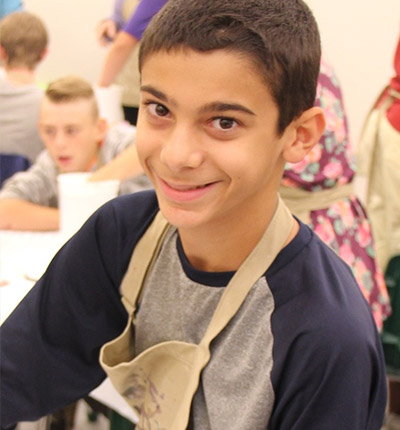What is a Learning Disability?
 A learning disability is a neurological disorder. In simple terms, a learning disability results from a difference in the way a person’s brain is “wired.” Children with learning disabilities are as smart or smarter than their peers. But they may have difficulty reading, writing, spelling, reasoning, recalling and/or organizing information if left to figure things out by themselves or if taught in conventional ways.
A learning disability is a neurological disorder. In simple terms, a learning disability results from a difference in the way a person’s brain is “wired.” Children with learning disabilities are as smart or smarter than their peers. But they may have difficulty reading, writing, spelling, reasoning, recalling and/or organizing information if left to figure things out by themselves or if taught in conventional ways.
A learning disability can’t be cured or fixed; it is a lifelong issue. With the right support and intervention, however, children with learning disabilities can succeed in school and go on to successful, often distinguished careers later in life.
Parents can help children with learning disabilities achieve such success by encouraging their strengths, knowing their weaknesses, understanding the educational system, working with professionals and learning about strategies for dealing with specific difficulties.
Common learning disabilities
- Dyslexia – a language-based disability in which a person has trouble understanding written words. It may also be referred to as reading disability or reading disorder.
- Dyscalcula – a mathematical disability in which a person has a difficult time solving arithmetic problems and grasping math concepts.
- Dysgraphia – a writing disability in which a person finds it hard to form letters or write within a defined space.
- Auditory and Visual Processing Disorders – sensory disabilities in which a person has difficulty understanding language despite normal hearing and vision.
- Nonverbal Learning Disabilities – a neurological disorder which originates in the right hemisphere of the brain, causing problems with visual-spatial, intuitive, organizational, evaluative and holistic processing functions.
Facts about learning disabilities*
- Fifteen percent of the U.S. population, or one in seven Americans, has some type of learning disability, according to the National Institutes of Health.
- Difficulty with basic reading and language skills are the most common learning disabilities. As many as 80% of students with learning disabilities have reading problems.
- Learning disabilities often run in families.
- Learning disabilities should not be confused with other disabilities such as mental retardation, autism, deafness, blindness, and behavioral disorders. None of these conditions are learning disabilities. In addition, they should not be confused with lack of educational opportunities like frequent changes of schools or attendance problems. Also, children who are learning English do not necessarily have a learning disability.
- Attention disorders, such as Attention Deficit/Hyperactivity Disorder (ADHD) and learning disabilities often occur at the same time, but the two disorders are not the same.
* The above information comes from LD Online, a website on Learning Disabilities and ADHD. LD OnLine is an educational service of public television station WETA in Washington, D.C. For more information please go to: http://www.ldonline.org.

